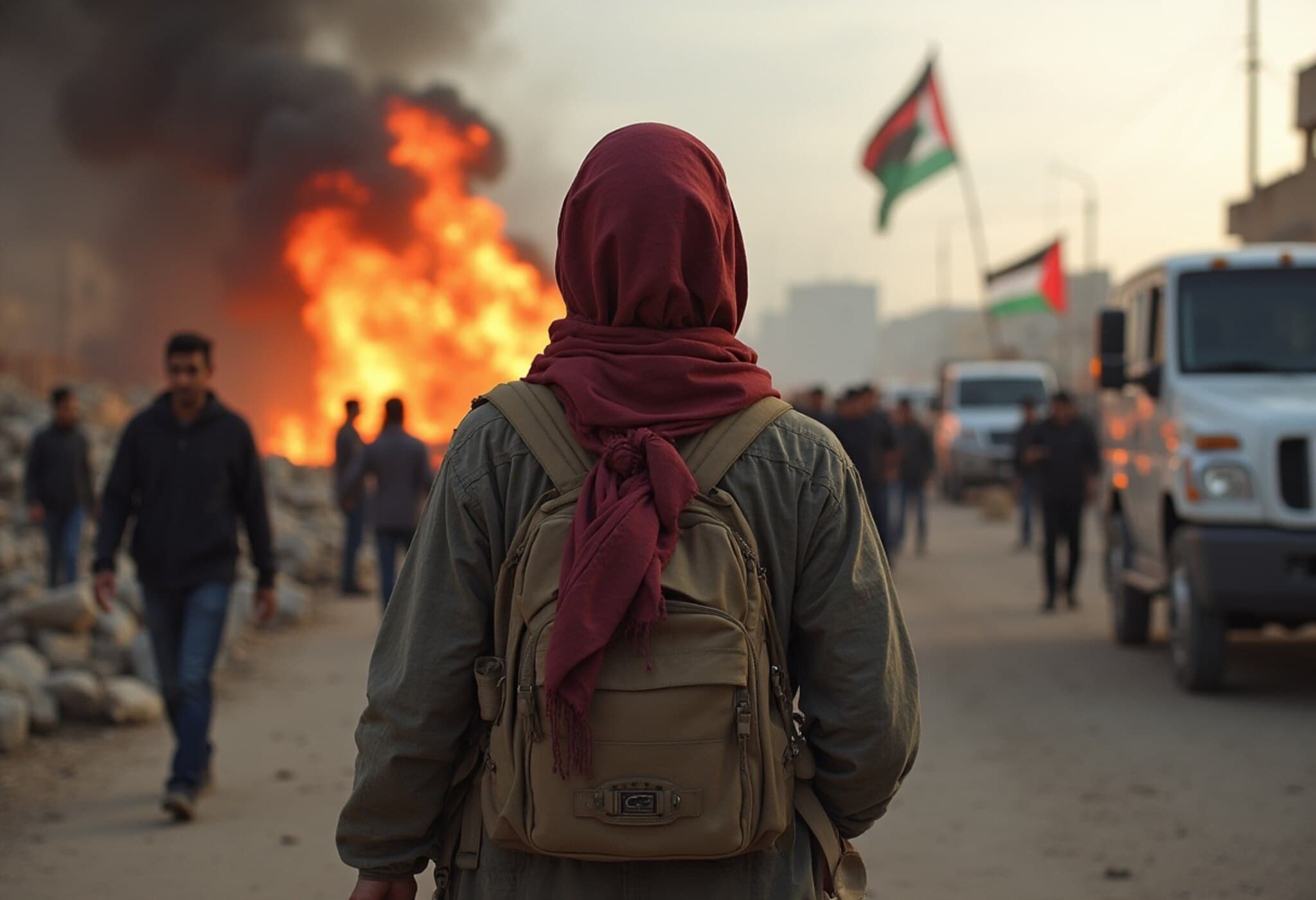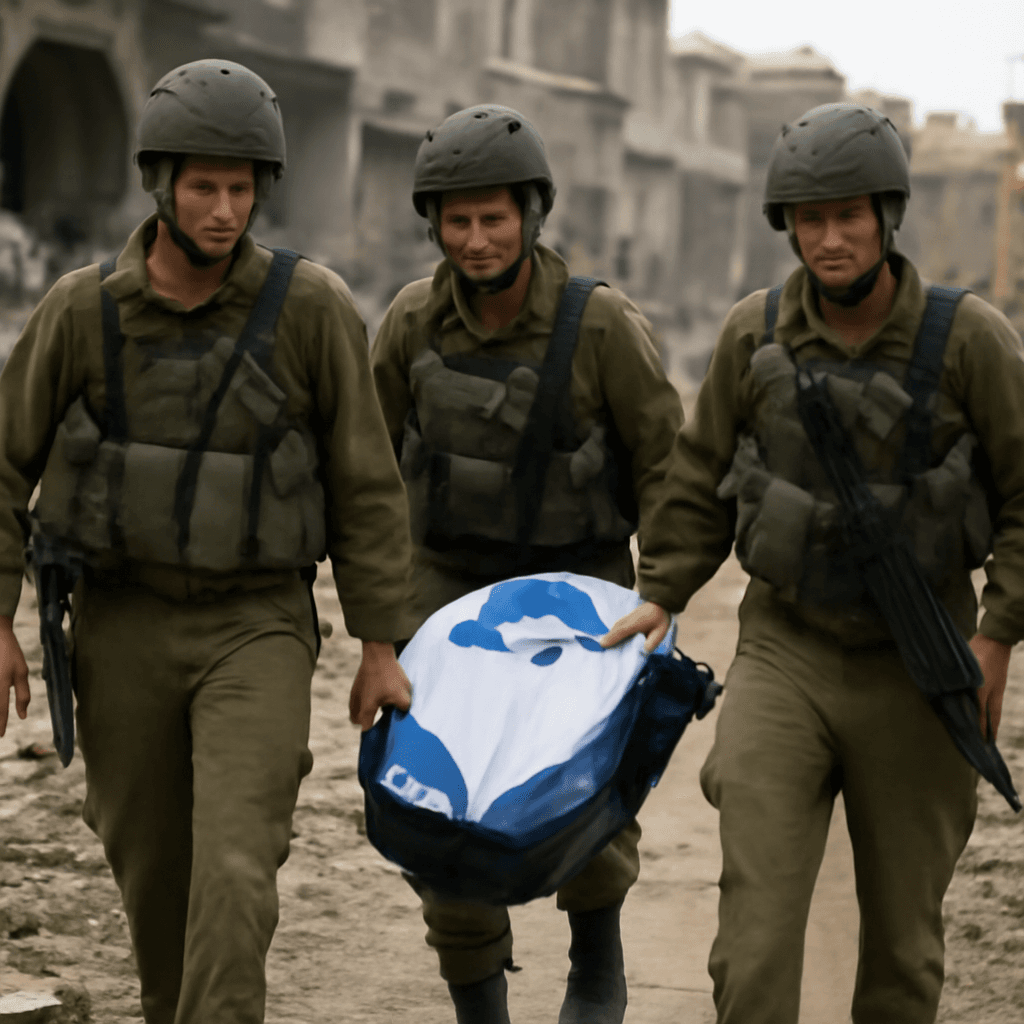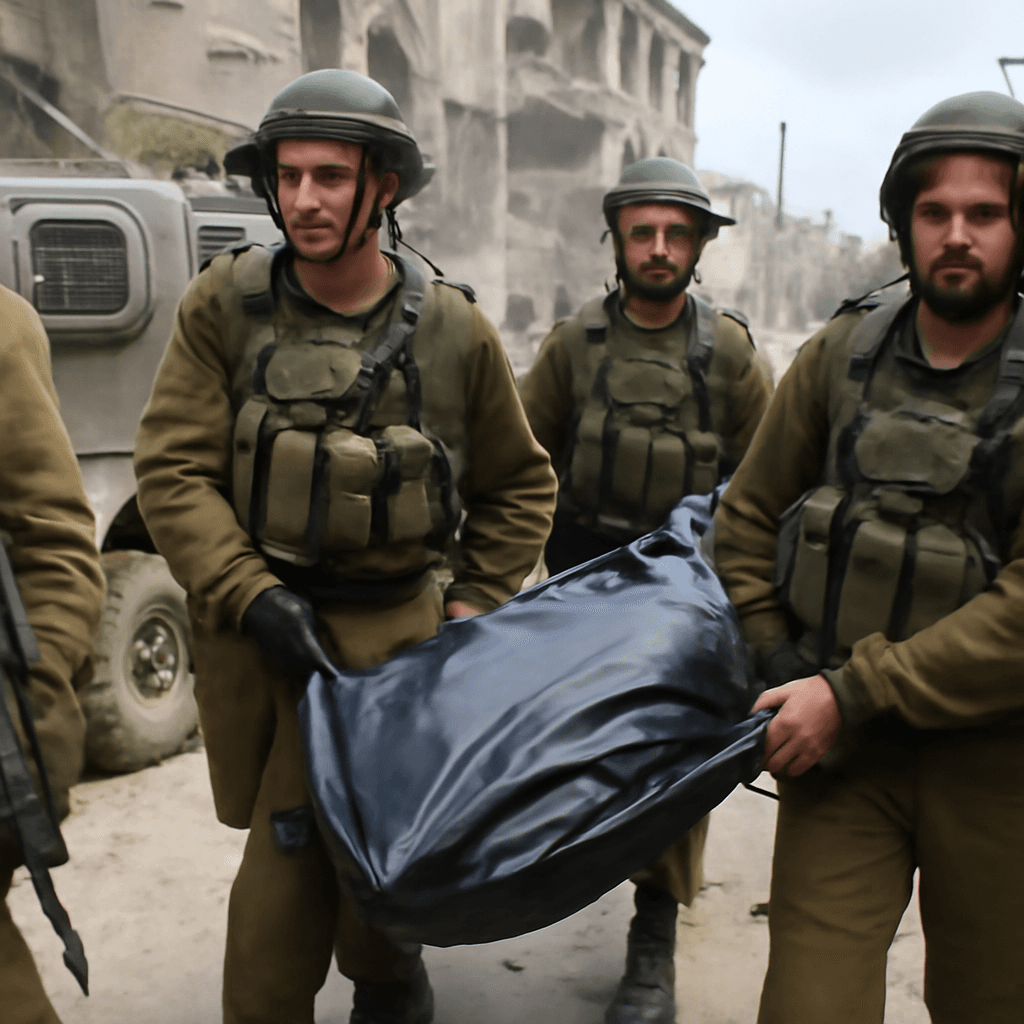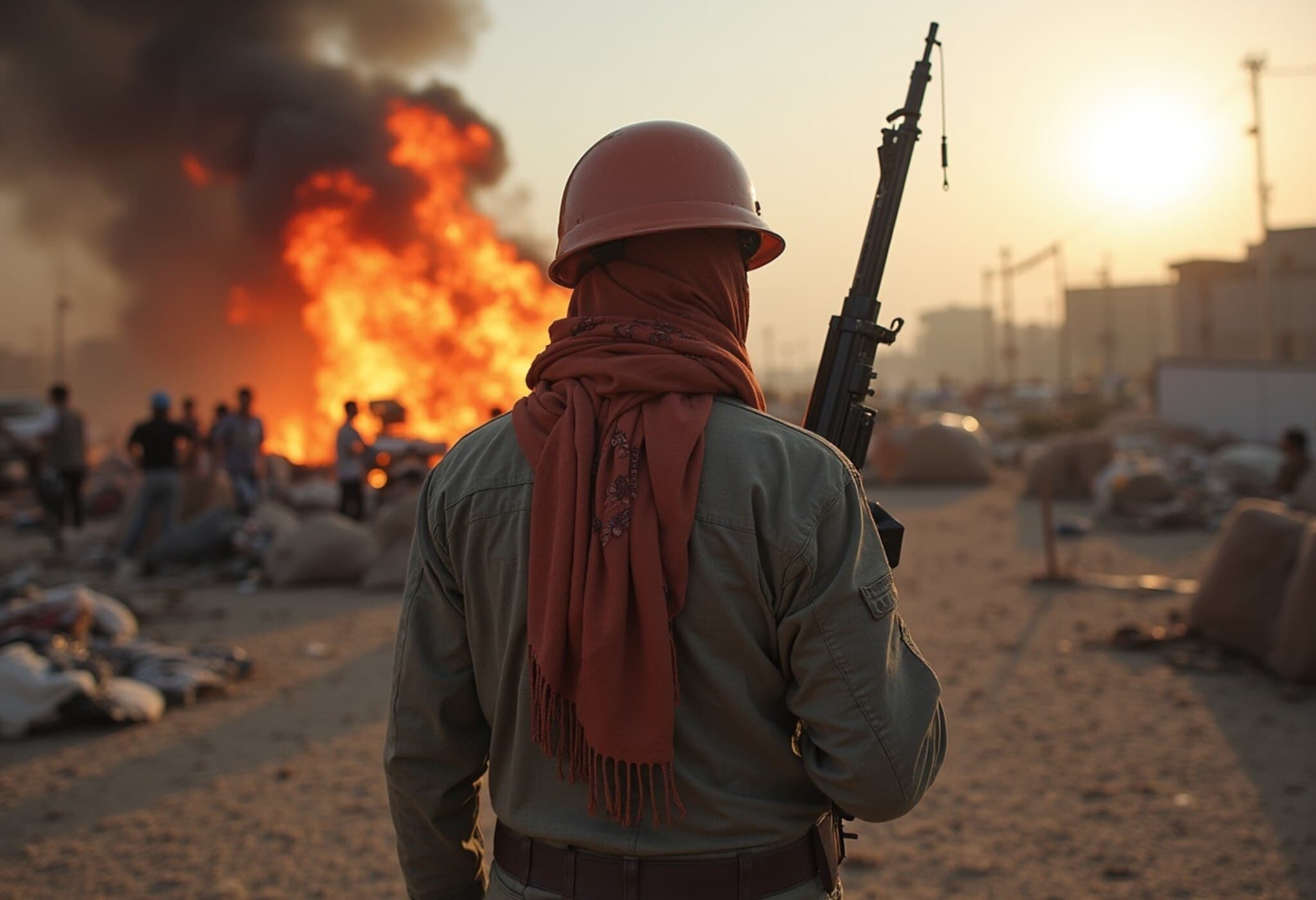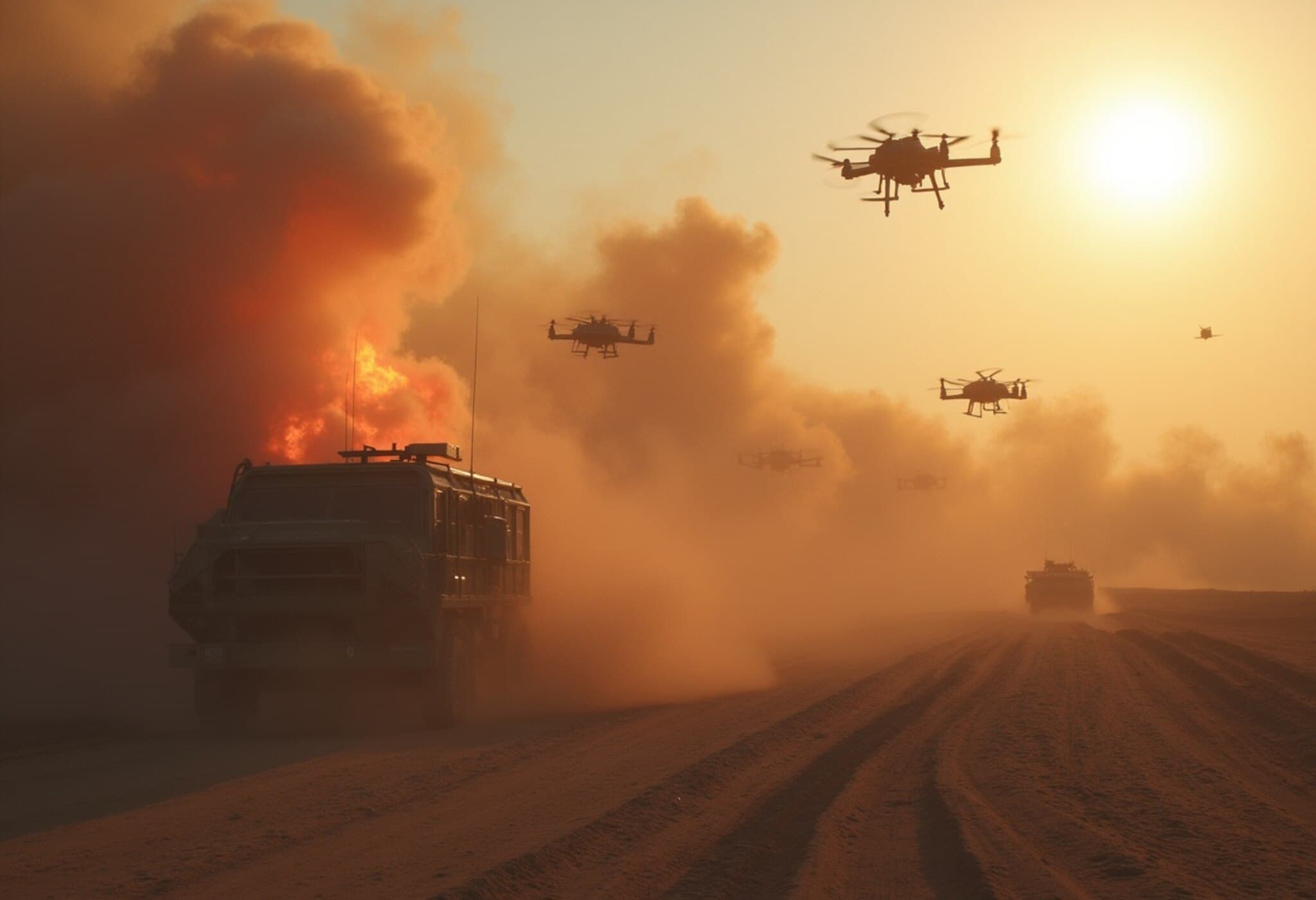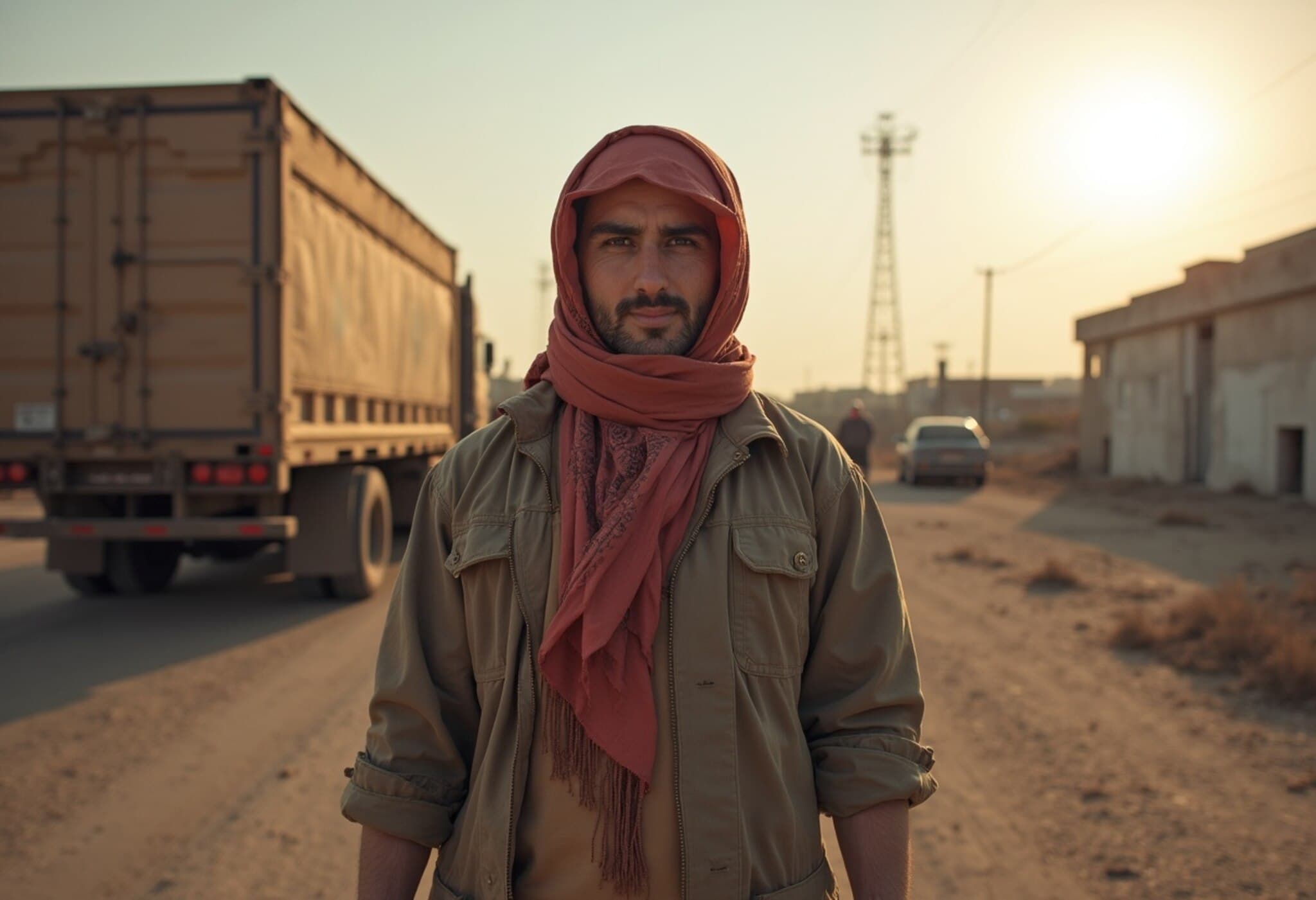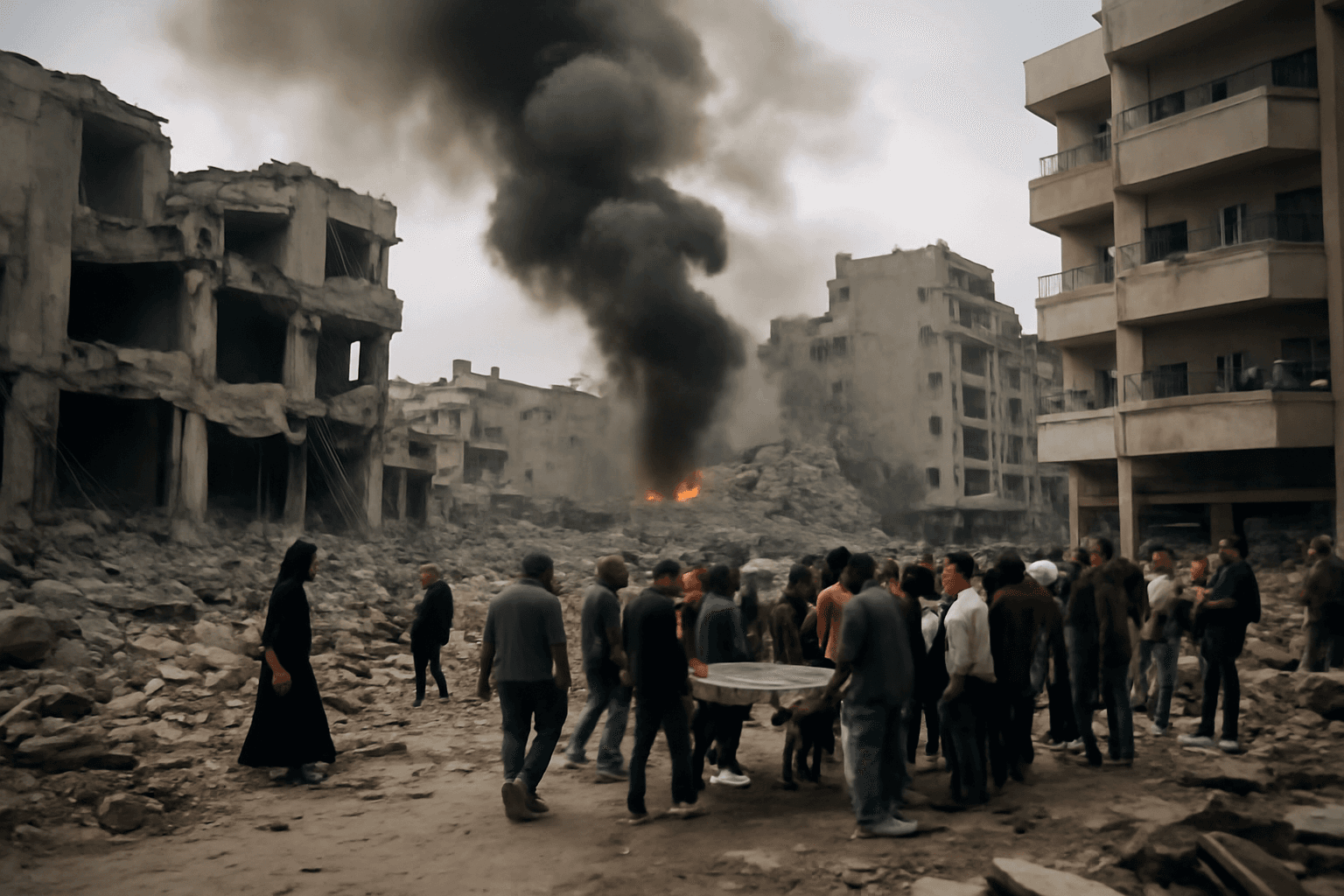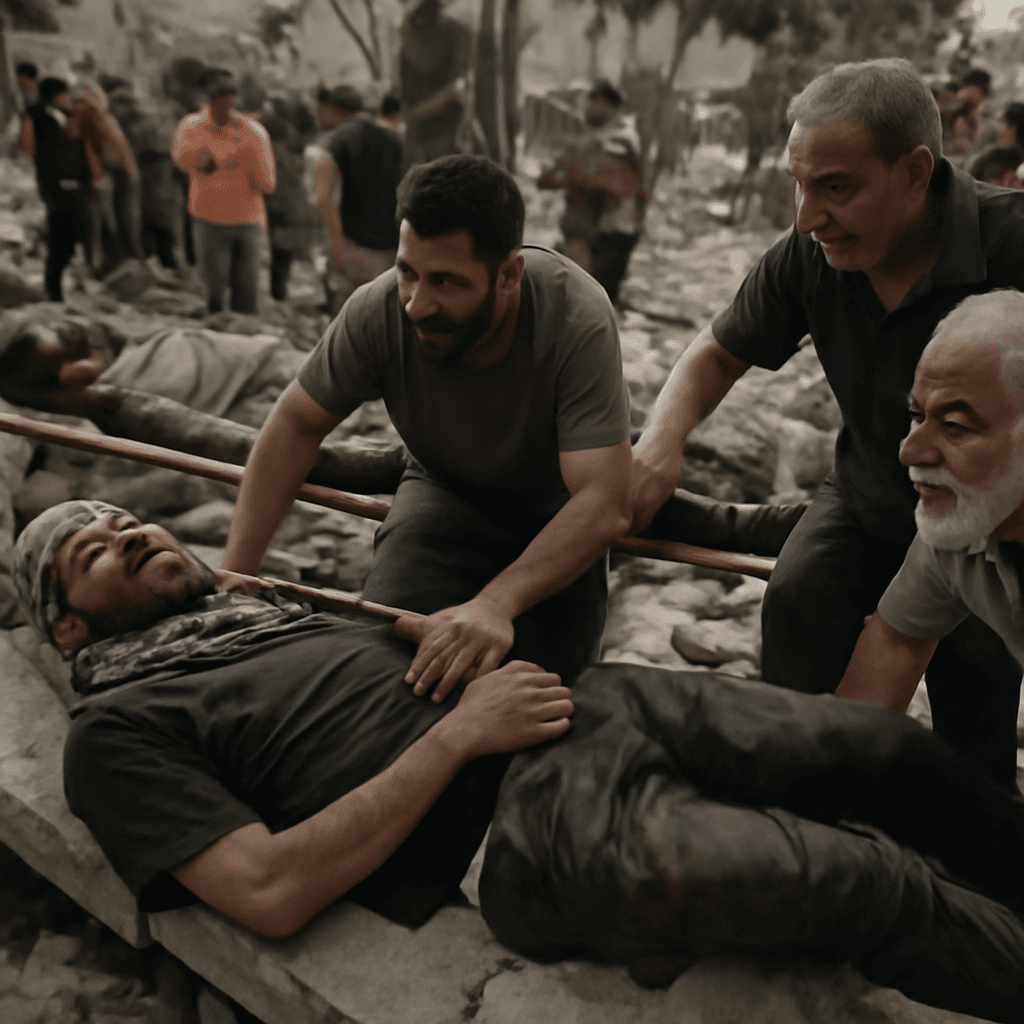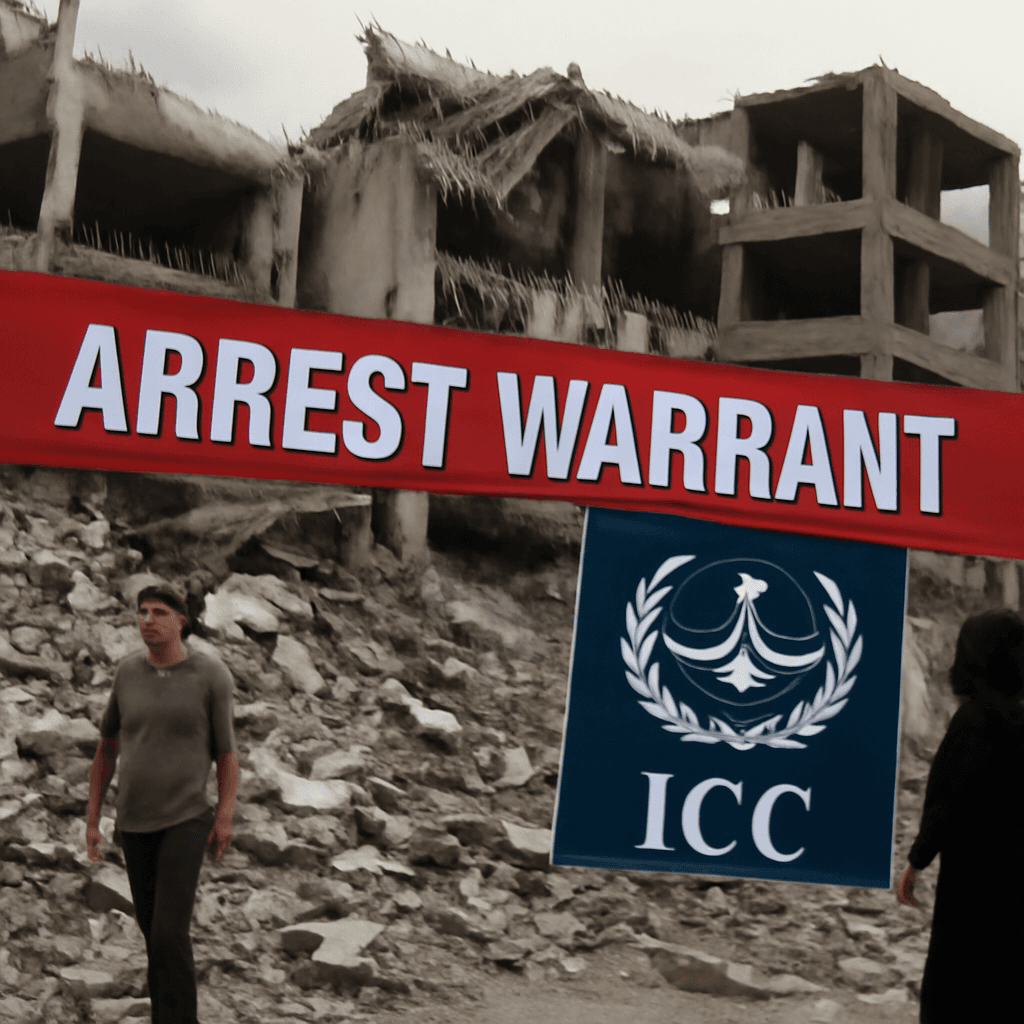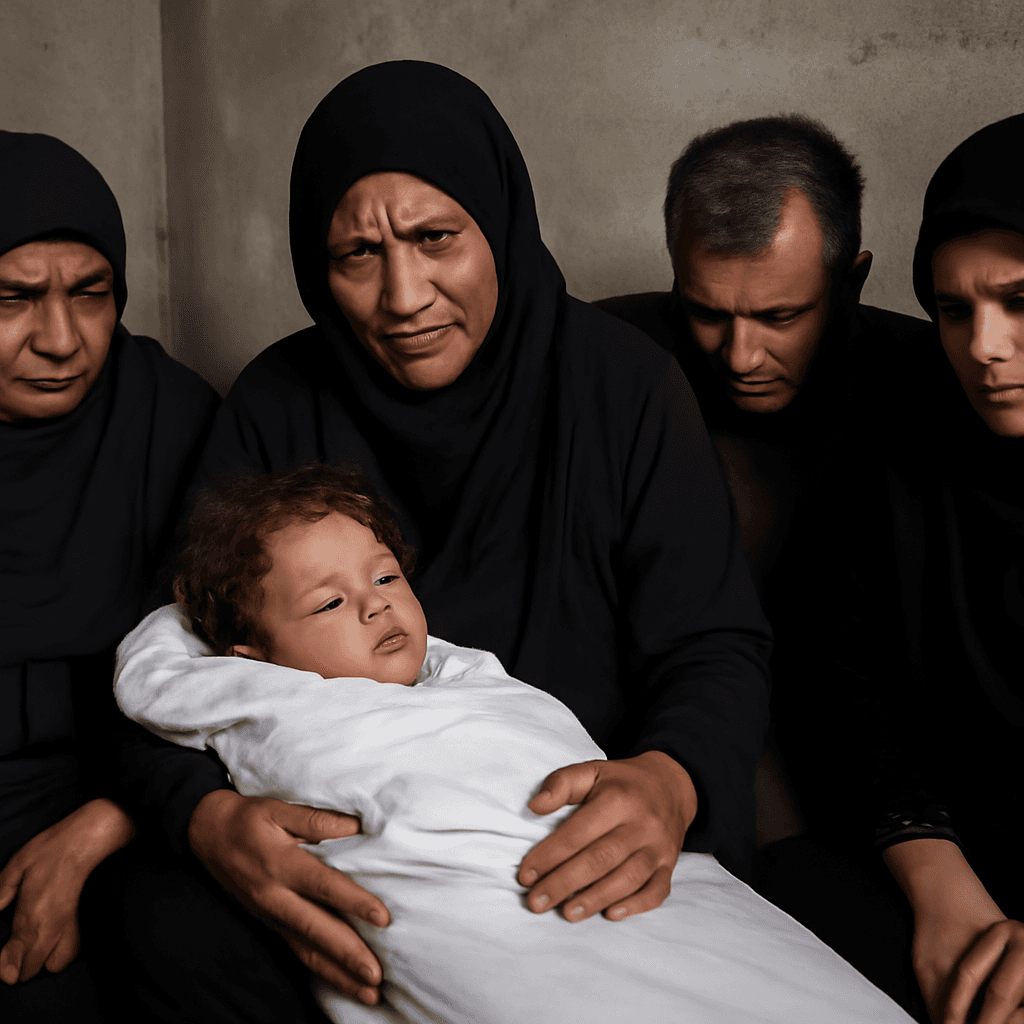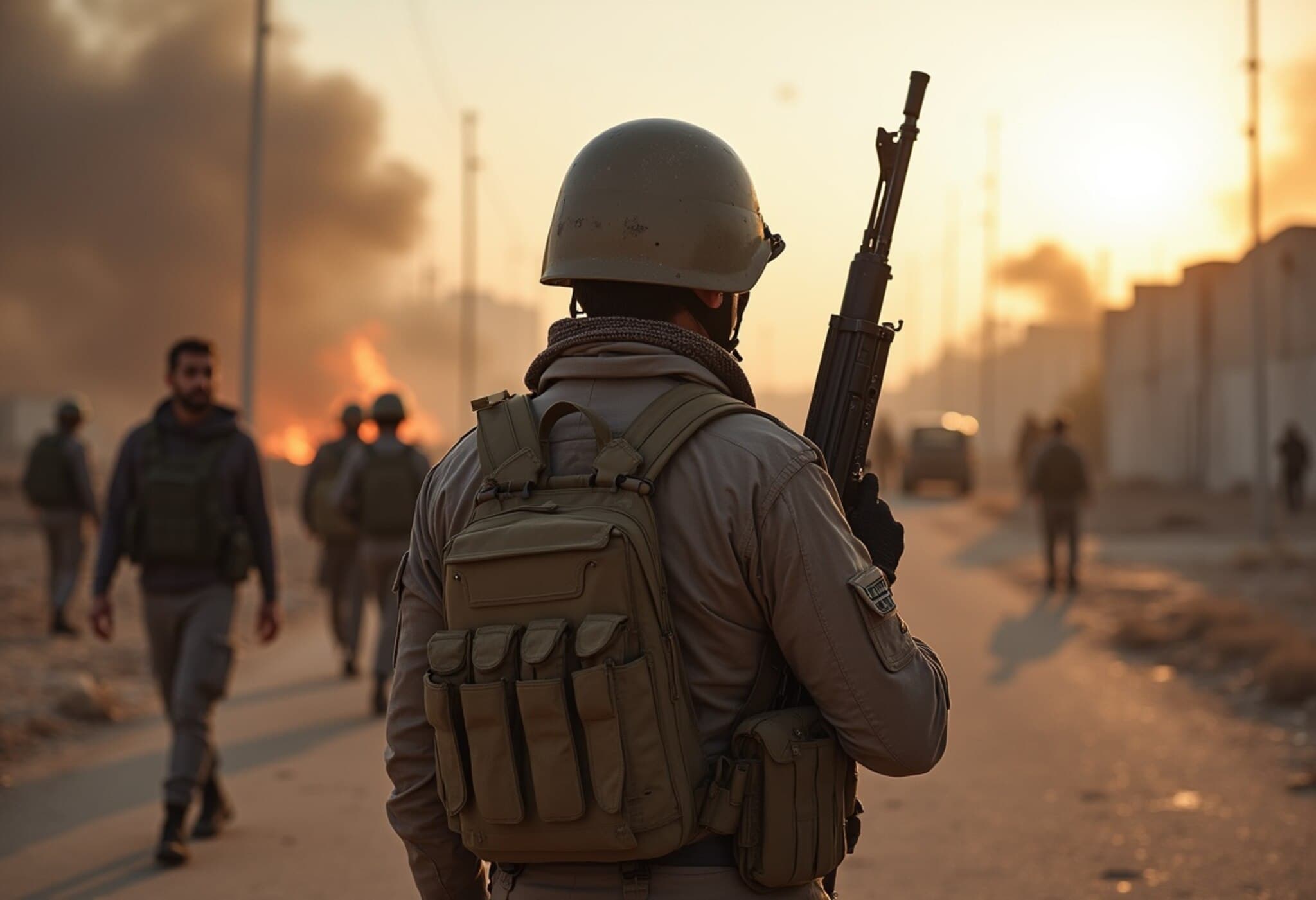Tragic Clashes Near Gaza Aid Sites Leave Over 20 Palestinians Dead
On Sunday, Israeli forces fatally shot at least 23 Palestinians in Gaza as desperate crowds gathered around food aid distribution points, highlighting the escalating humanitarian crisis in the region. Witnesses and medical officials reported the deaths amid surging hunger and ongoing violence.
Desperation Amid a Prolonged Siege
Gaza, home to over two million people, remains under a strict blockade by Israel, exacerbating a near two-year-long military campaign that has strained basic survival for Palestinians. The blockade has severely limited access to food, medical supplies, and essential goods, pushing many to the brink of starvation.
Yousef Abed, an eyewitness, recounted his harrowing experience while attempting to reach a food distribution center. "We came under indiscriminate fire," he said, recalling seeing at least three individuals bleeding on the ground. "I couldn’t stop to help them because bullets were flying everywhere."
Multiple Incidents Across Gaza
Nasser Hospital in southern Gaza received bodies from several areas near aid sites, including eight from Teina—approximately 1.8 miles from the Khan Younis distribution point managed by the Gaza Humanitarian Foundation (GHF), a U.S. and Israeli-backed aid contractor.
Additional fatalities were reported near Shakoush, just north of a GHF site in Rafah, as well as nine people shot near the Morag corridor while waiting for aid trucks entering Gaza through Israeli border crossings.
Eyewitnesses described Israeli troops opening fire as hungry Palestinians approached distribution points located in heavily militarized zones. Similar incidents took place at the northernmost GHF site near Netzarim corridor where Awda Hospital confirmed at least five deaths and 27 injuries.
Humanitarian Organizations and Military Claims
The United Nations reported 859 fatalities near GHF sites between May 27 and July 31, with many more casualties along U.N.-led food convoy routes. The GHF, created as an alternative to the U.N. aid system, insists its armed contractors used only pepper spray or warning shots to manage crowds, denying direct lethal force. Israel’s military corroborated issuing warning shots and called the casualty figures inflated.
Neither the Israeli military nor GHF provided immediate responses regarding the Sunday shootings, prompting renewed calls from international observers to investigate these deadly confrontations.
Rising Toll of Malnutrition and Civilian Deaths
The Gaza Health Ministry reported six more adult Palestinians died from malnutrition-related causes within 24 hours, bringing adult malnutrition deaths to 82 in five weeks. Additionally, 93 children have succumbed to malnutrition since the war erupted in 2023.
The ongoing conflict began when Hamas militants launched a deadly October 7, 2023 attack on southern Israel, killing about 1,200 Israelis and abducting 251. Despite ceasefires and negotiations, 50 captives remain held by Hamas. Israel’s subsequent military operations have reportedly claimed over 60,400 Palestinian lives according to Gaza’s Health Ministry.
While the ministry’s casualty data is widely recognized by the U.N. and independent experts as reliable, Israel disputes these figures but has not publicly released its own detailed civilian casualty counts.
Contextual Insight
The tragic events at Gaza’s aid distribution sites underscore the devastating intersection of conflict and humanitarian distress. The use of lethal force against civilians seeking essential aid raises urgent legal and ethical questions under international humanitarian law, which mandates protection for aid recipients and civilians during armed conflicts.
Moreover, this crisis reflects the wider geopolitical and policy dilemmas involving Israeli security concerns, Palestinian rights, and global humanitarian norms. As the siege continues, the international community faces mounting pressure to reconcile security imperatives with urgent humanitarian needs to prevent further loss of life.
Critical Questions Unaddressed
- What mechanisms are in place to independently investigate and verify use-of-force incidents near aid sites?
- How can aid delivery be safely expanded and shielded from conflict dynamics?
- What diplomatic initiatives might ease the blockade and reduce civilian suffering without compromising security?
Editor's Note
The violent clashes near Gaza's food aid centers highlight a grim reality: millions are caught between relentless conflict and hunger. This exposes a fundamental humanitarian failure demanding urgent attention. Beyond immediate relief, sustainable solutions must address the broader political impasse fueling this tragedy. Readers are encouraged to consider the human cost behind the headlines and the vital role international accountability and diplomacy must play in preventing further needless deaths.

